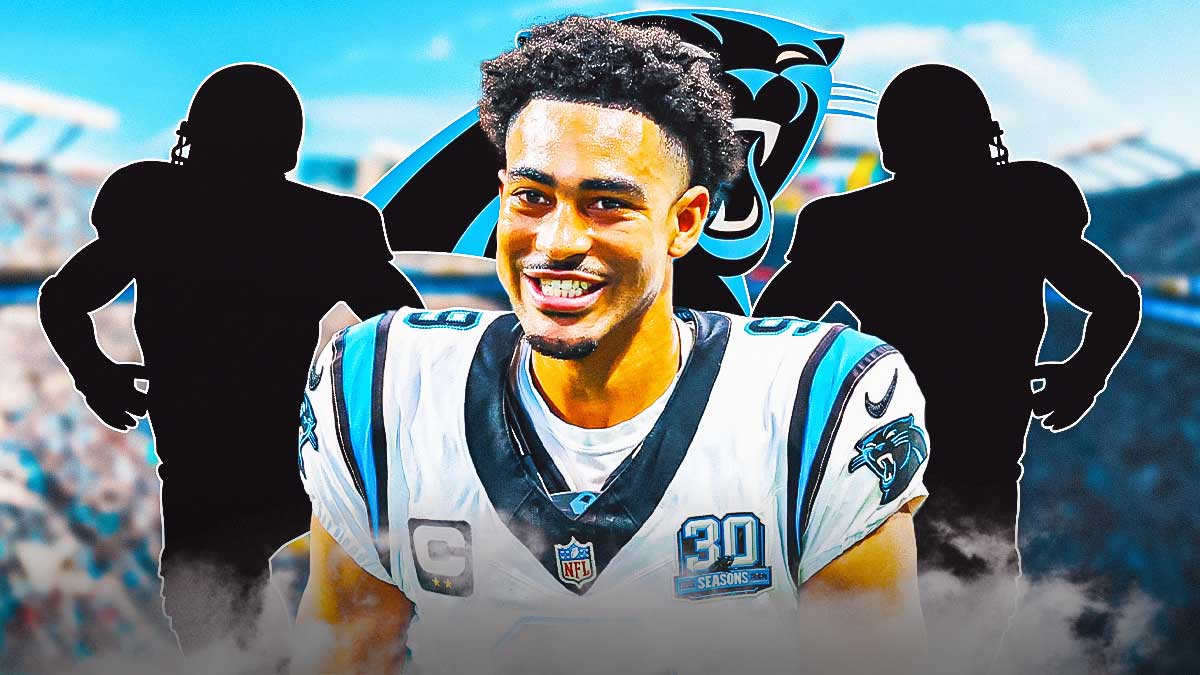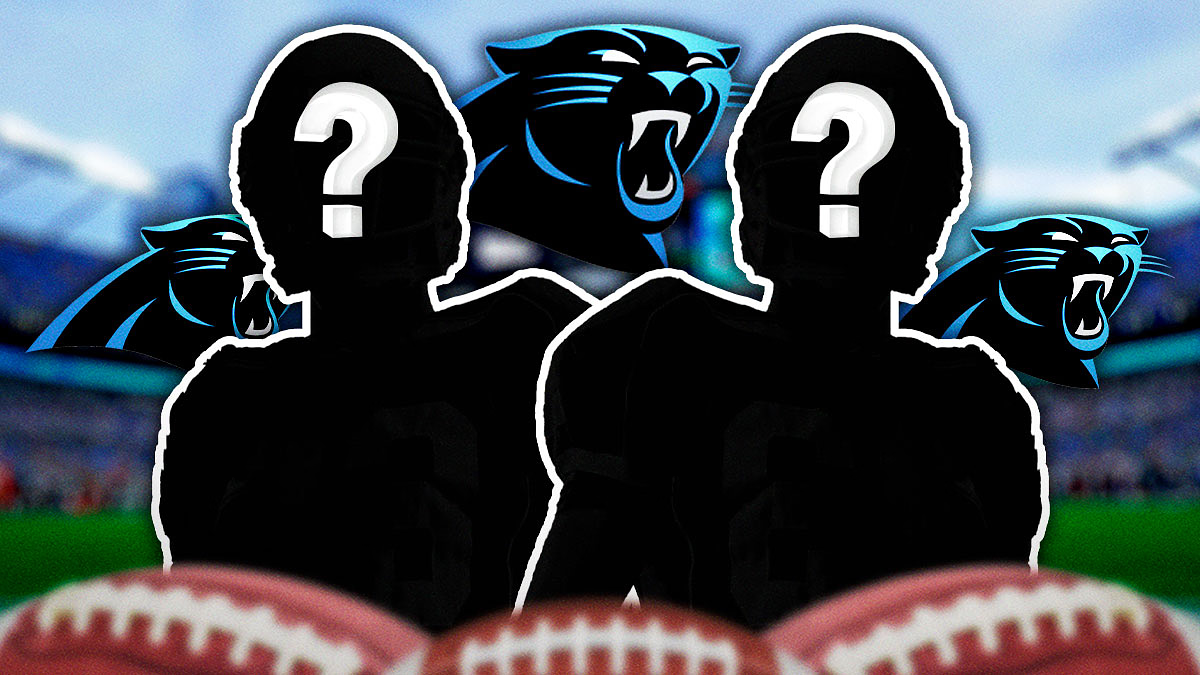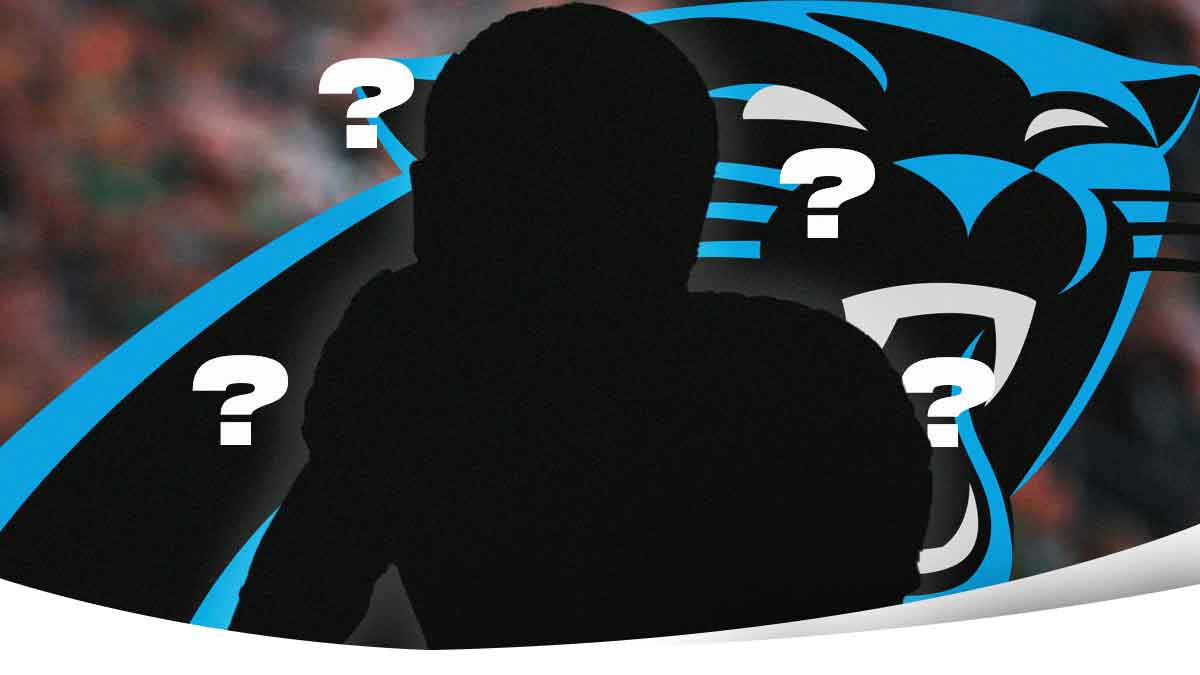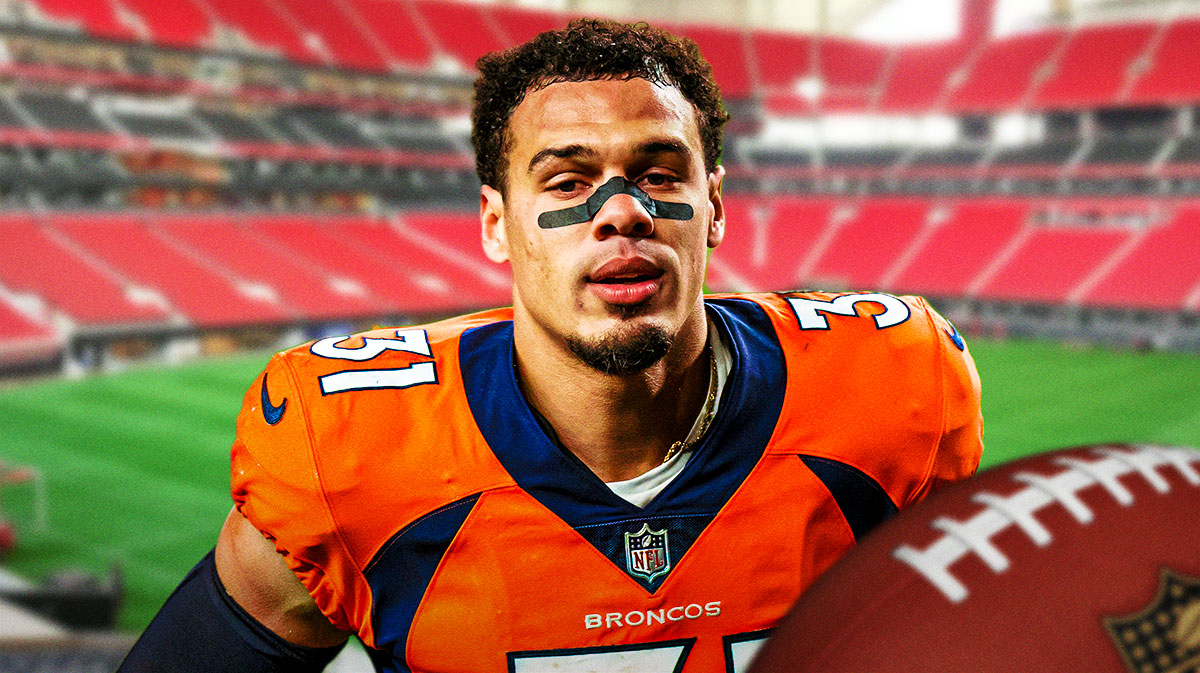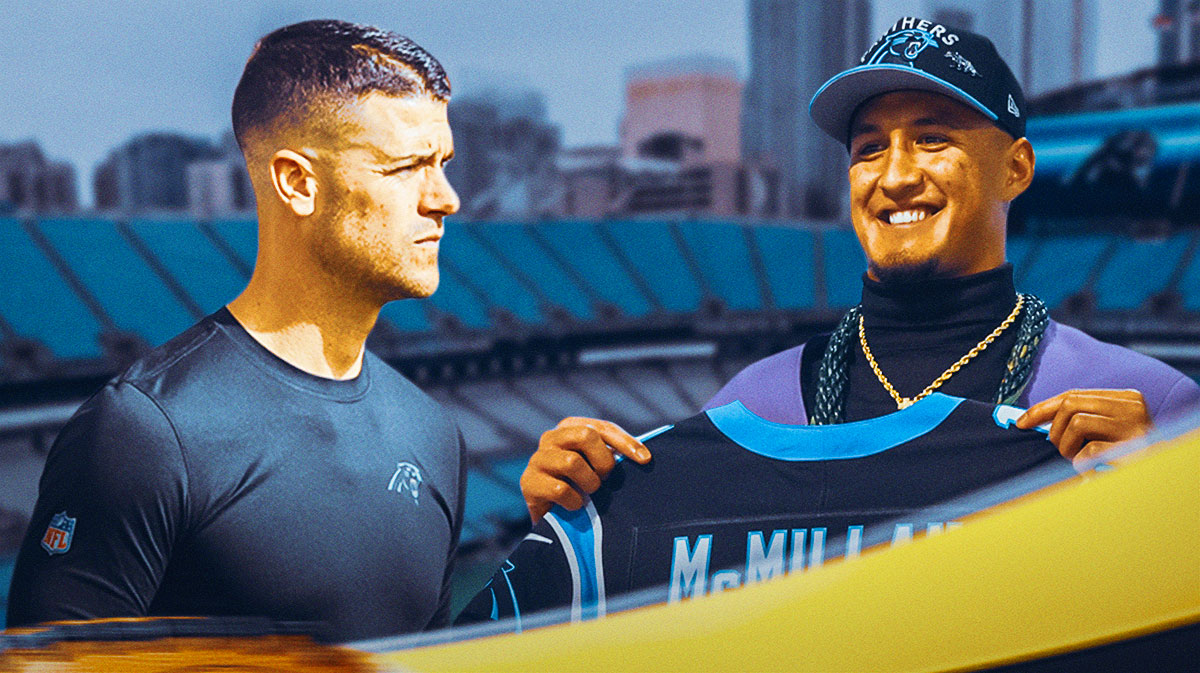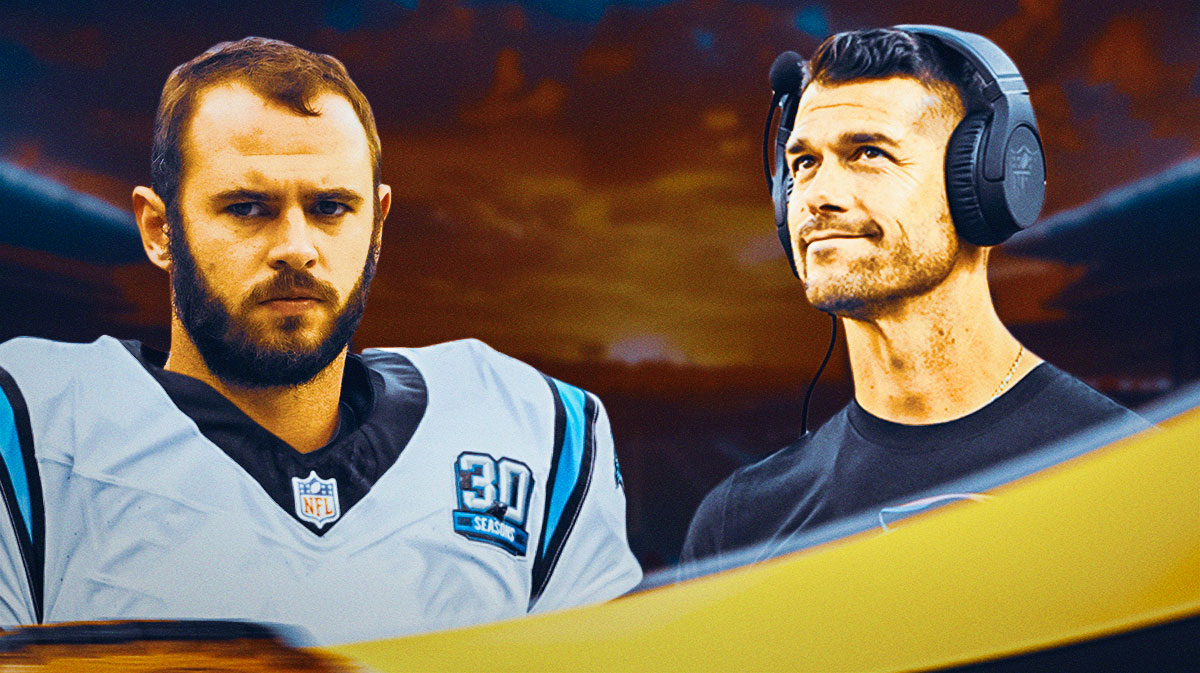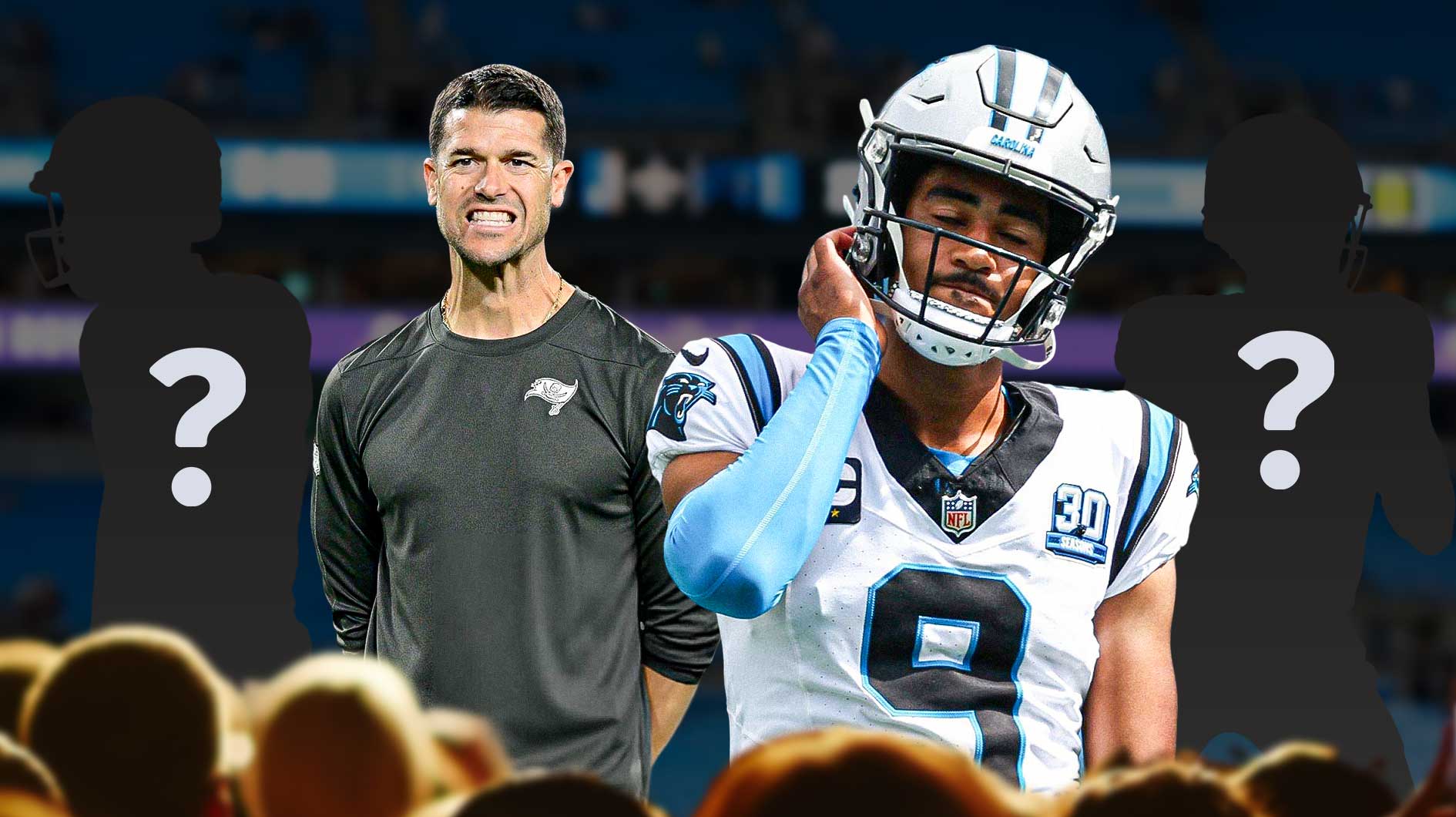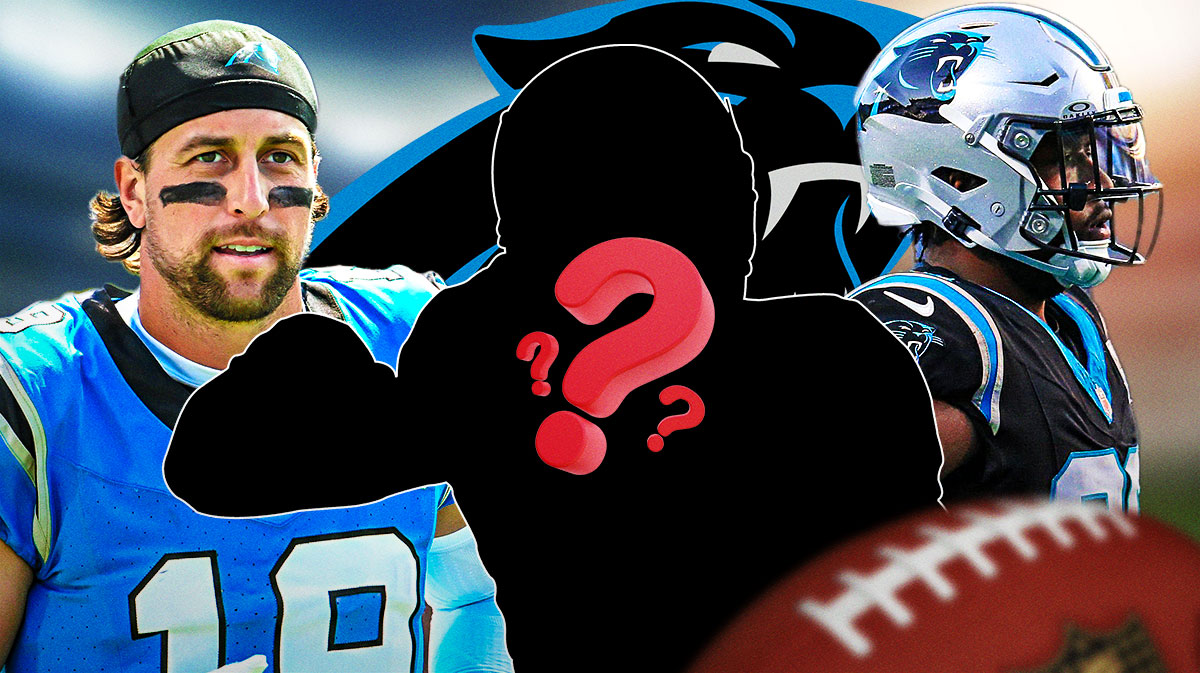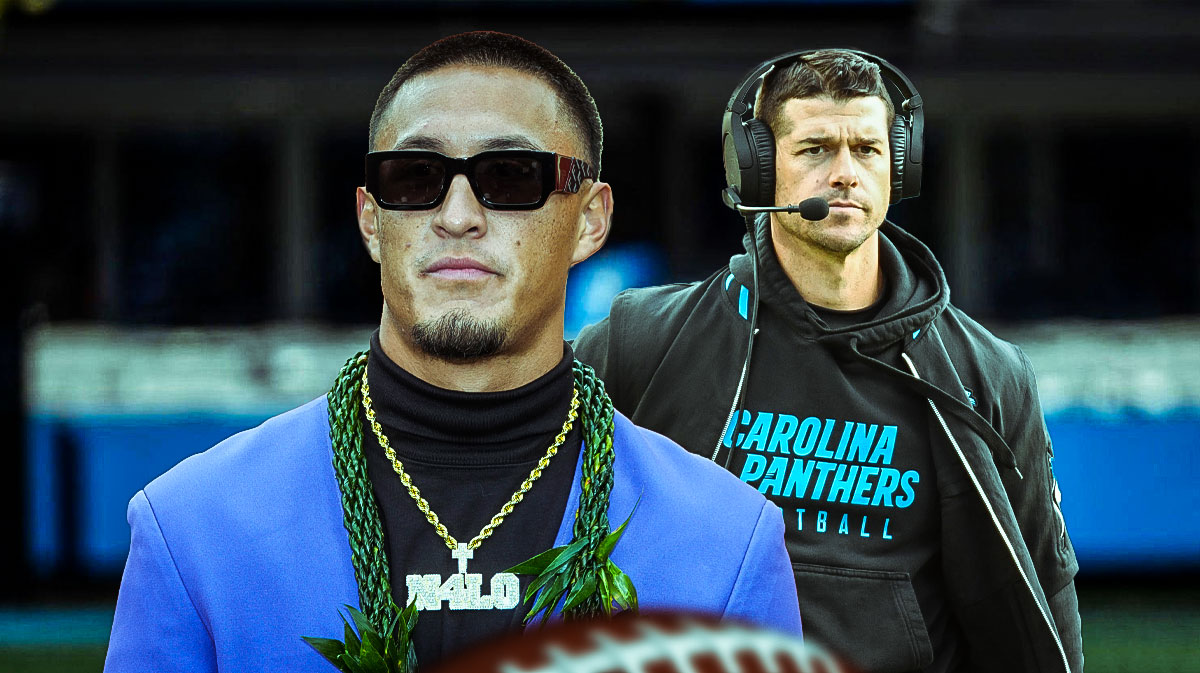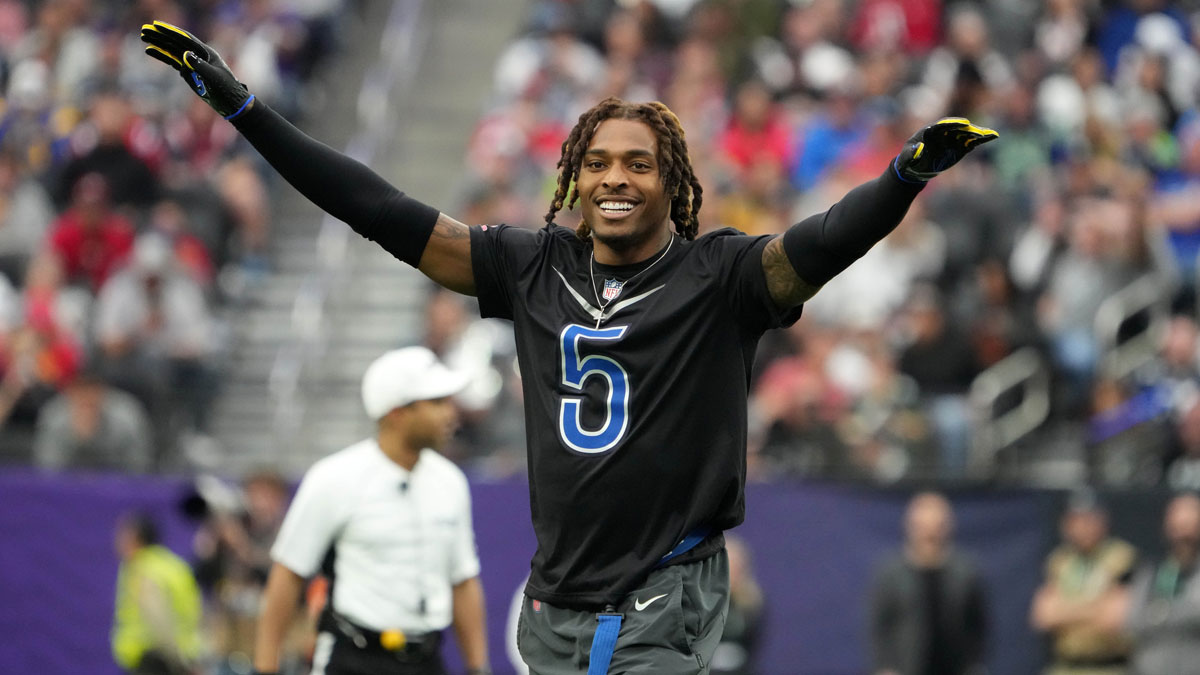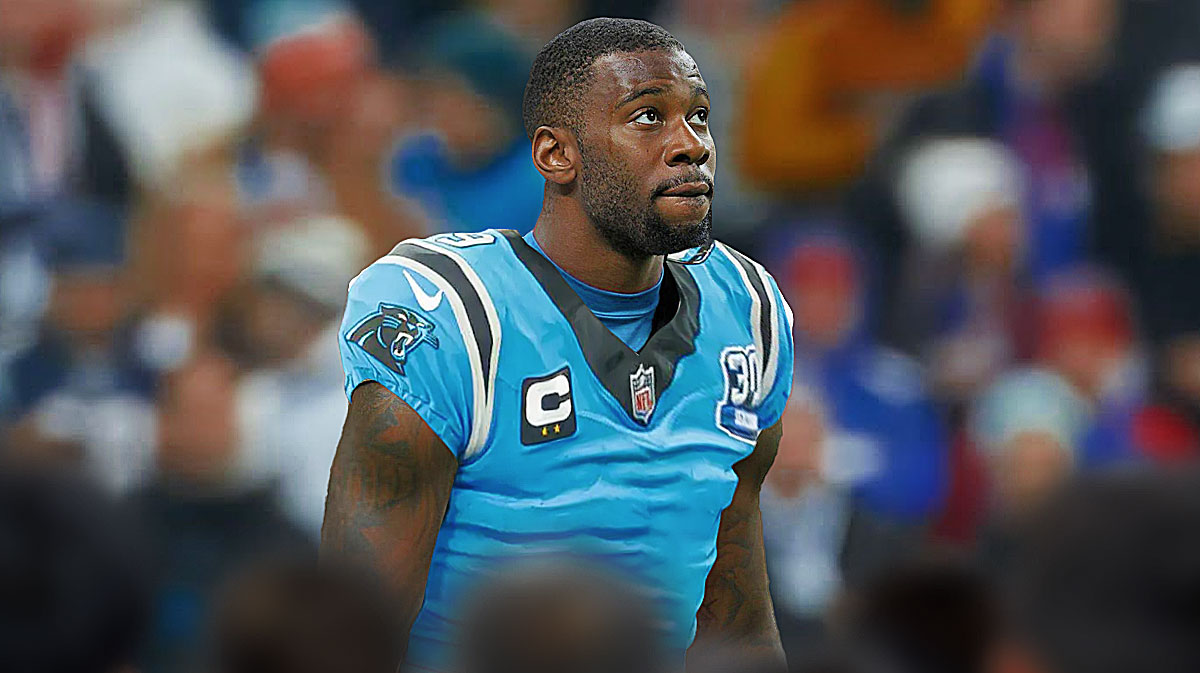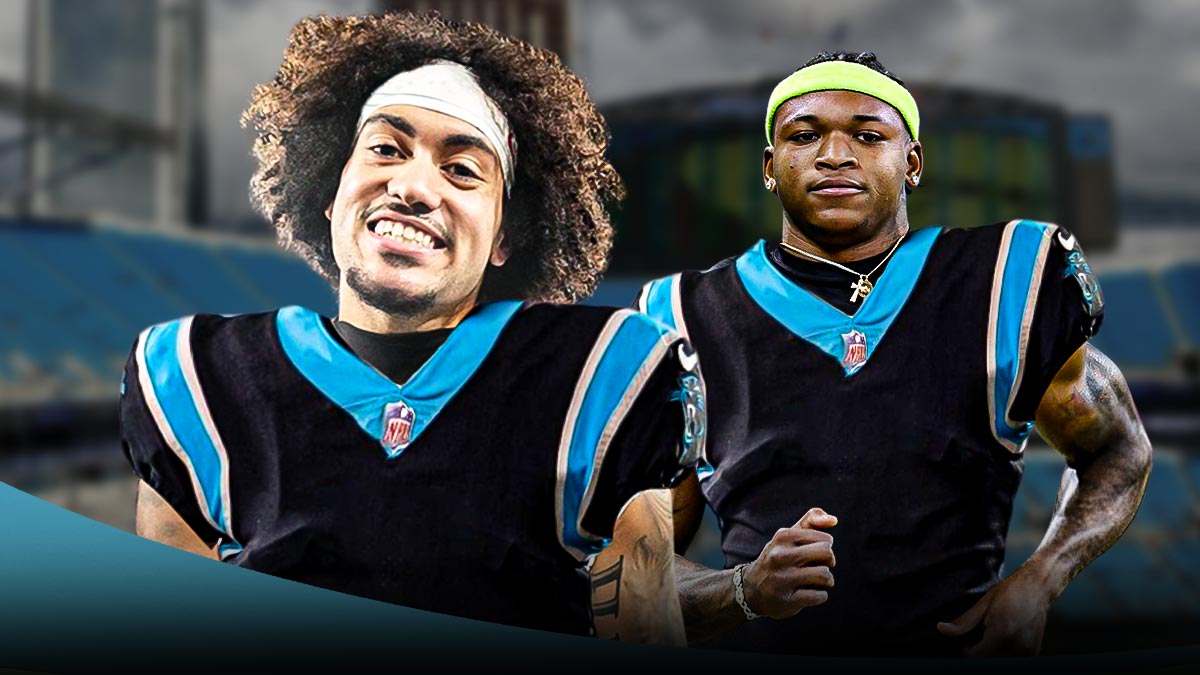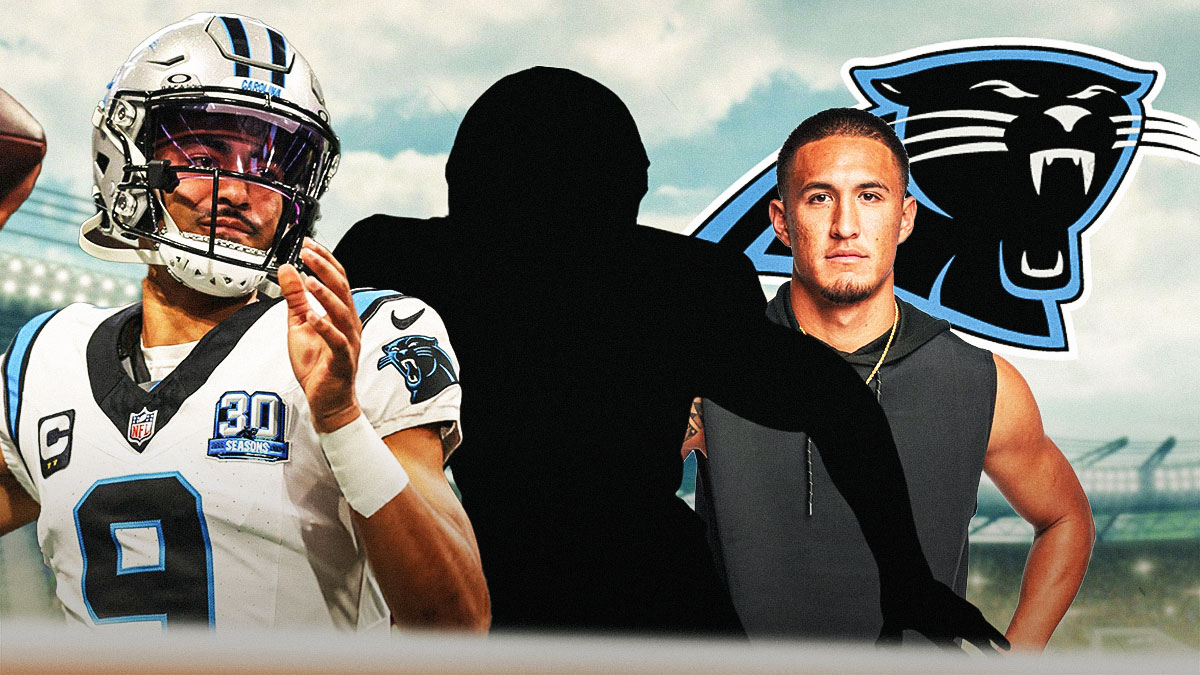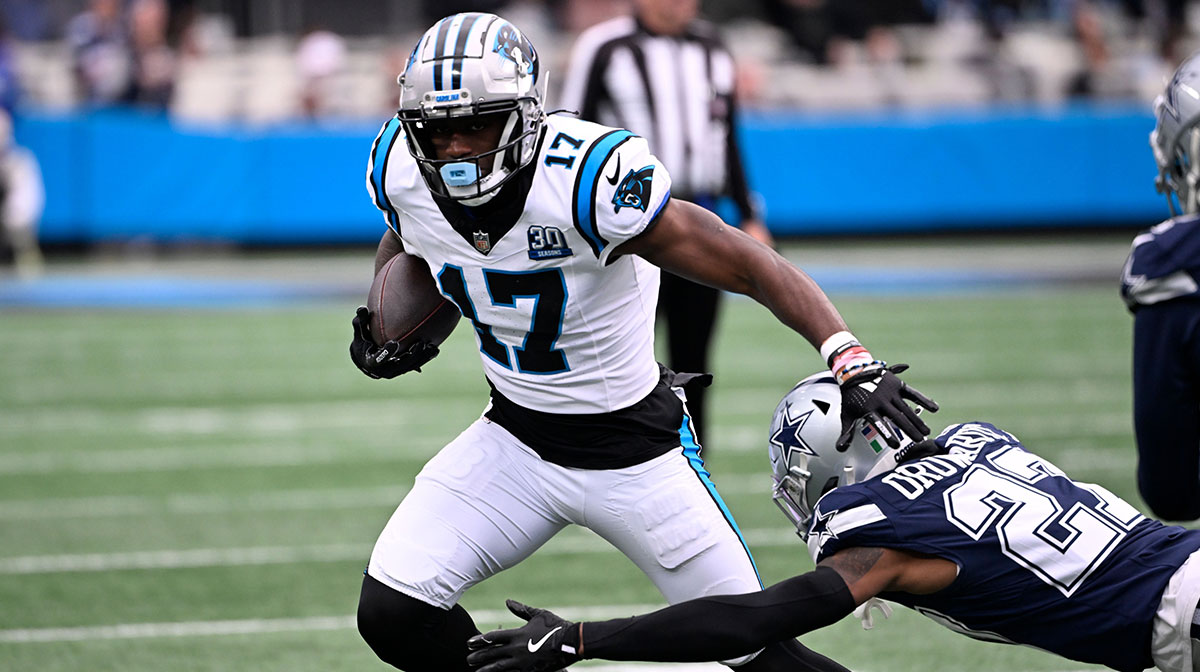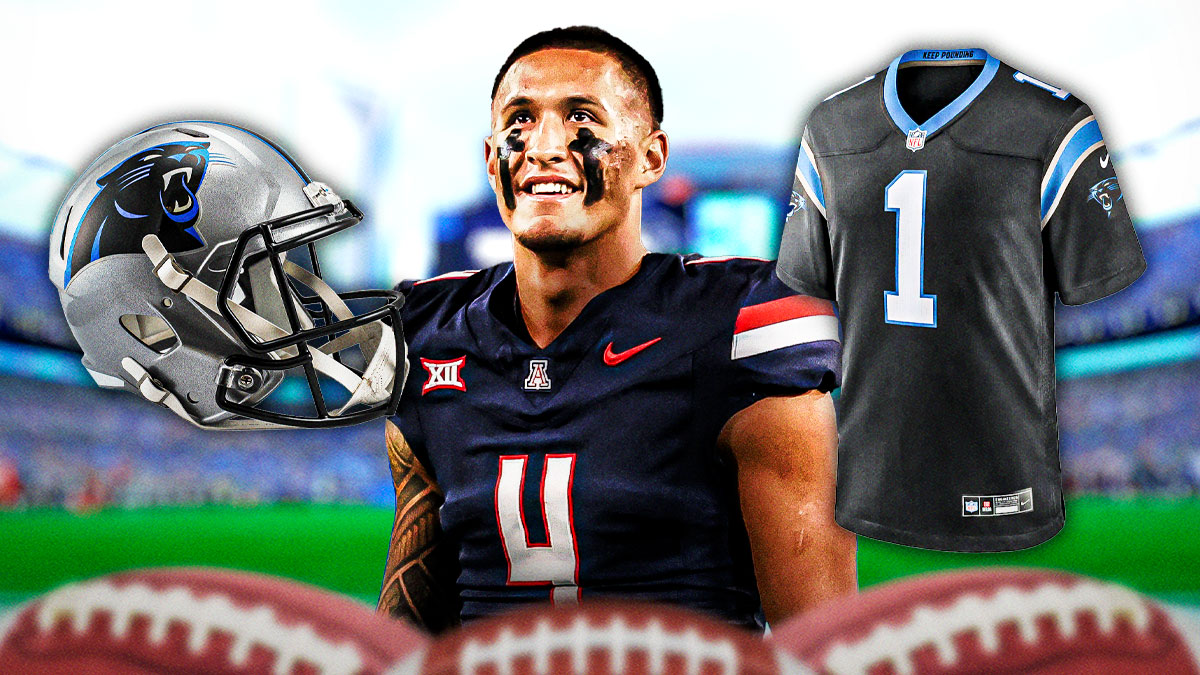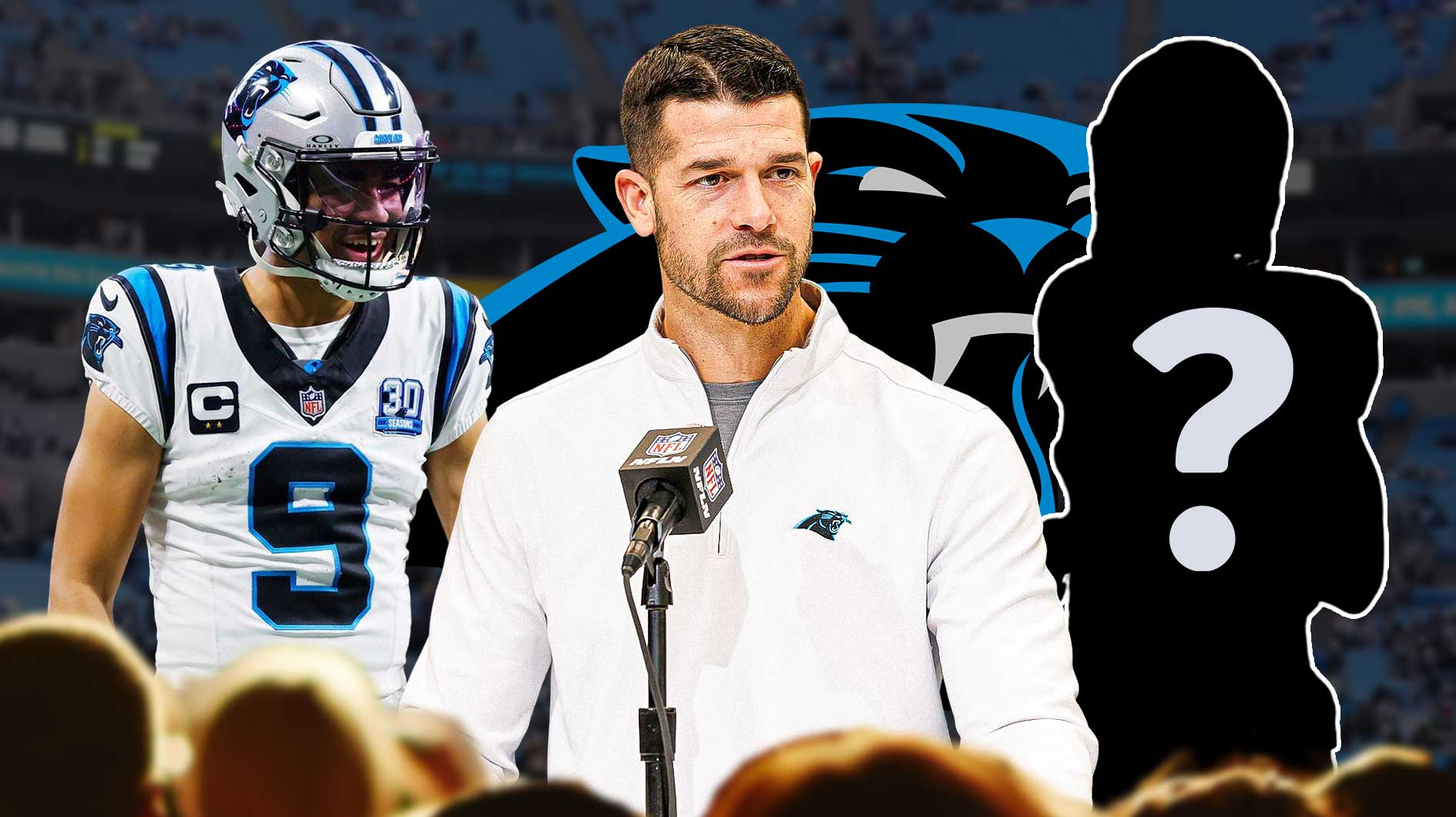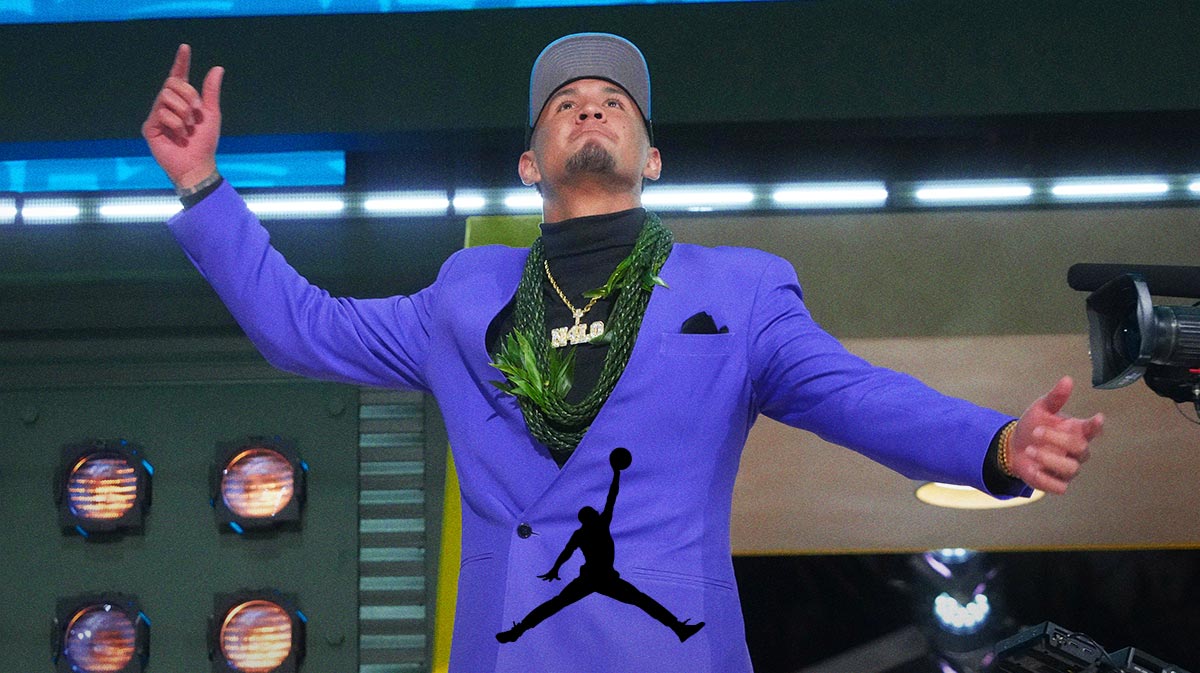The Carolina Panthers are coming off a 7-9 season and failed to reach the playoffs for the fourth time during Ron Rivera's stint as head coach. The main reason for this was the health of quarterback Cam Newton; although he started 14 games and had one of his better statistical seasons, Newton was never himself, due to a nagging shoulder injury that reduced the strength of his arm. With their QB healthy again, the Panthers should be back in the playoff hunt in 2019, but they will need a strong draft to do it. Here are five players Carolina could target in the second round of the 2019 NFL Draft.
1. Jonathan Abram, S, Mississippi State
The Panthers took a chance on Eric Reid last season, and that risk paid off. Reid performed well and earned himself a three-year contract worth $22 million. He can play either safety position, but was used primarily as a free safety, so Carolina is now looking for a box safety to complement Reid. There are quite a few solid prospects in this year's class, but some don't have the potential to develop into rangy combo safeties. Mississippi State's Jonathan Abram doesn't have that limitation. He is a fast and physical presence in the run game, and shows flashes of brilliance in coverage. Abram will have an immediate impact with his tackling, and could eventually become proficient in man coverage. He would be a good fit next to Reid and add more versatility to Carolina's defense.
2. Jaylon Ferguson, EDGE, Lousiana Tech
The retirement of future Hall of Famer Julius Peppers hurts, but Mario Addison is a solid pass rusher who will take over that primary role. The Panthers need an EDGE opposite of Addison who can defend the run well and has the potential to develop into a good rusher. Jaylon Ferguson is college football's all-time leading sack artist with 45 in his career. He wasn't invited to the NFL Scouting Combine because of an incident during his freshman year, but that shouldn't have much of an impact, if any, on his stock. At 6-5, 262 pounds, he has ideal size for a strongside defensive end. He possesses the strength to set the edge against the run as well as bull-rush offensive linemen into the quarterback. His burst is good, but he lacks the bend of an elite pass rusher and is extremely raw in his form; he doesn't use his hands well and stands straight up far too early in his rush. It will take time to refine his physical traits, but Ferguson has the potential to be a solid complementary rusher in the NFL.
3. David Edwards, OT, Wisconsin
Longtime center Ryan Kalil has retired, but Carolina upgraded by signing Matt Paradis from the Denver Broncos. Kalil's brother, left tackle Matt, was released after two seasons with the team, one spent on injured reserve. LT is a big hole right now; if the Panthers don't fill it in the first round, they must in the second. Wisconsin is known for producing elite offensive linemen, and Edwards has the potential to be the next. He has great size for a tackle, but lacks the strength and technicality to play at a high level right now. He won reps in college by being more athletic than the man he was blocking, but his athletic testing at the NFL Combine was less than ideal, which dropped his stock to the second round. Edwards is a risk, but if he is coached correctly, he could pay off. Even if he doesn't work out on the left side, he could replace right tackle Daryl Williams if Carolina decides not to bring him back after 2019.
4. Chase Winovich, EDGE, Michigan
On tape, Winovich is a relentless run defender and all-around high-energy player with good bend and hand usage, but without the athleticism and burst that makes an elite pass rusher. He surprised many with a solid performance at the combine, which should at least reduce concerns about his athleticism. Like Ferguson, Winovich's physical limitations may prevent him from becoming an elite player, but he can still be a very solid contributor to a defense.
5. J.J. Arcega-Whiteside, WR, Stanford
The Colts signed Devin Funchess from the Panthers. Funchess caught 161 passes and 21 touchdowns over the past four seasons. That leaves the team with no receivers over six feet tall. Fortunately, this draft class is filled with big X receivers, such as Stanford's Arcega-Whiteside, a former basketball player. JJAW uses his 6-2, 225-pound frame and elite ball skills to put himself in the best position to catch a pass and prevent a defensive back from not only getting an interception, but having any chance at forcing an incompletion. A replacement for Funchess and a true red zone weapon for Newton would be a great addition to the Panthers' offense, and offer very good value in the middle of the second round.

